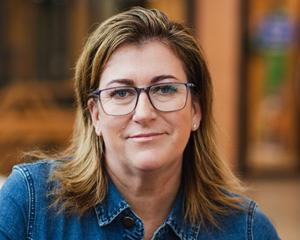
In a bid to address severe healthcare shortages and reduce dependence on foreign-trained doctors, the Government is funding the Universities of Otago and Auckland to train 50 extra doctors next year.
While it is not yet known how many of the 50 will be trained at Otago, Otago Medical School acting dean Prof Tim Wilkinson welcomed the cap increase.
"The pressure on the health system is well documented, and we, along with the University of Auckland, have indicated a willingness to the Government to increase our caps for some time now to help with this.
"While we do not know the details and requirements of the cap increase yet, we hope this will particularly help in rural areas, where the doctor shortage is also well documented."
Health Minister Dr Ayesha Verrall said the universities and the Tertiary Education Commission would decide how the 50 would be split, based on the capacity of each university.
"I understand that work has started today."
She said the announcement meant domestic medical school enrolments would increase to 589 places a year.
Otago’s present cap on domestic medical school admissions is 282 students a year, and Prof Wilkinson was confident the school could accommodate the increase.
Nationally, the intake was last raised in 2015 by 35 places.
Some medical professionals believe the increase will not be enough on its own to stem doctor shortages.
The New Zealand Resident Doctors’ Association estimated the country urgently needed 300 extra medical graduates a year to keep up with a growing, ageing population and replace retiring doctors.
Dr Verrall said the increase was limited to 50 because that was the number the universities estimated they could take next year.
Prof Wilkinson said the extra 50 would not solve the issues, but neither would increasing the cap by 300.
"It requires co-ordination with our stakeholders — health providers — to ensure there is adequate access to clinical training as well.
"It’s not just about capacity in the class. It’s about capacity in the health system.
"So 50 is a sensible start."
Dr Verrall agreed work needed to continue on growing the medical workforce, using both domestic training and international sources.
Asked why it had taken so long for the Government to respond to the call for a cap increase, Dr Verrall said the depth of the issue had not become apparent until more recently.
"I think what’s happened is the pandemic has exposed long-term trends and problems with numbers of people who are being trained in New Zealand.
"And so, that’s why it was important to take action now."
While he believed there had been a delayed response to the issue, the important point now was that the Government had listened and responded, and he was looking forward to continuing work with them to address the problem, Prof Wilkinson said.
Asked if the initiative would have an impact on the University of Otago’s financial situation, Prof Wilkinson said it was too early to say.










